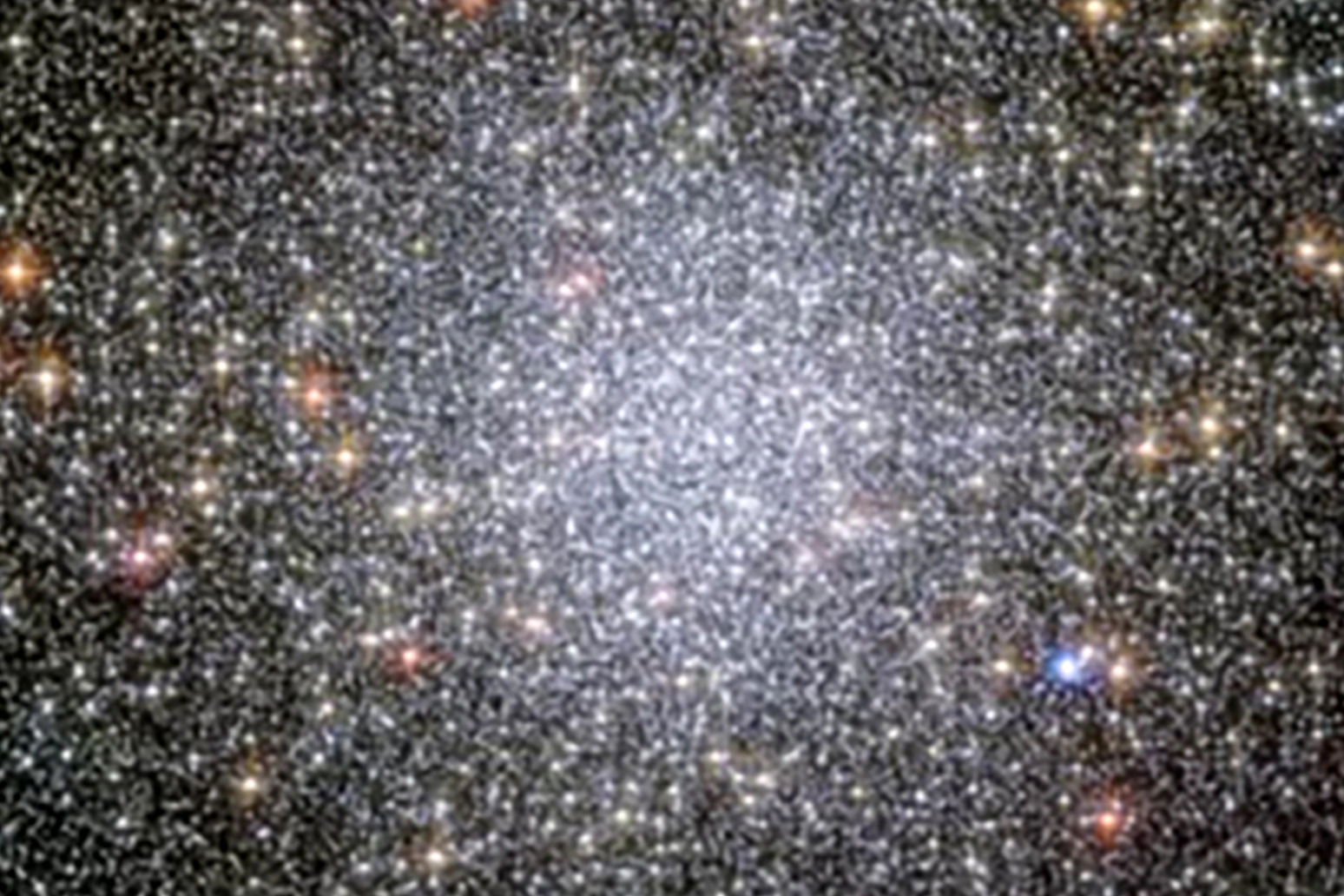-
 play_arrow
play_arrow
Kl 1 Radio Local radio for west Norfolk
-
 play_arrow
play_arrow
KL DISCO KL Disco Playing Disco Music from the 70's onwards.24/7
-
 play_arrow
play_arrow
KL COUNTRY KL COUNTRY Playing New and Classic Country Music 24/7
-
 play_arrow
play_arrow
KL ROX KL ROX The best of New and Classic Rock.24/7
-
 play_arrow
play_arrow
KL SUMMER Summer Vibes 24/7 from KL1 Radio across West Norfolk
-
 play_arrow
play_arrow
KL CLASSICAL Your Symphony Starts Here
-
 play_arrow
play_arrow
KL CHILL Just Chill!
-
 play_arrow
play_arrow
KL POP The Best POP Hits all day Long!
-
 play_arrow
play_arrow
KL XTRA KL XTRA
music_note

Astronomers have created the most sensitive radio image ever of an ancient star cluster.
The image is of the second brightest globular cluster in the night sky – known as 47 Tucanae.
A previously undiscovered radio signal from the centre of the cluster was also detected by the scientists.
Astronomer Dr Arash Bahramian, from the International Centre for Radio Astronomy Research (ICRAR), Australia, said star clusters are an ancient relic of the early universe.
He explained: “Globular clusters are very old, giant balls of stars that we see around the Milky Way.
“They’re incredibly dense, with tens of thousands to millions of stars packed together in a sphere.
“Our image is of 47 Tucanae, one of the most massive globular clusters in the galaxy.
“It has over a million stars and a very bright, very dense core.”
The image was created from more than 450 hours of observations on CSIRO’s Australia Telescope Compact Array (ATCA). It is the deepest, most sensitive radio image ever compiled by any Australian radio telescope.
Radio waves from celestial objects like planets and stars travel through space just like light, and radio telescopes can intercept them.
Astronomers often convert these signals into pictures, creating radio images.
The cluster can be seen with the naked eye and was first catalogued in the 1700s, but seeing it in detail allowed astronomers to discover a previously undetected incredibly faint radio signal at the centre.
Lead author Dr Alessandro Paduano, from ICRAR’s Curtin University node, said the detection of the signal was an exciting discovery and could be attributed to one of two possibilities.
He said: “The first is that 47 Tucanae could contain a black hole with a mass somewhere between the supermassive black holes found in the centres of galaxies and the stellar black holes created by collapsed stars.
“While intermediate-mass black holes are thought to exist in globular clusters, there hasn’t been a clear detection of one yet.
“If this signal turns out to be a black hole, it would be a highly significant discovery and the first ever radio detection of one inside a cluster.”
The second possible source of the signal is a pulsar – a rotating neutron star that emits radio waves.
“A pulsar this close to a cluster centre is also a scientifically interesting discovery, as it could be used to search for a central black hole that is yet to be detected,” Dr Paduano said.
According to the findings, published in The Astrophysical Journal, the technique used for the ultra-sensitive image could help future radio telescopes detect some of the faintest objects in the universe.
Published: by Radio NewsHub

Similar posts
-

Upcoming shows

Night Trax
1:00 am - 6:00 am

Weekend Back Trax
6:00 am - 8:00 am

Kelvin Scott – Weekend Breakfast
8:00 am - 11:00 am

Tom Green – Classic Hit Lunchtime
11:00 am - 1:00 pm

Darren Furzey – Classic Hit Weekend
1:00 pm - 3:00 pm
-

Relaxing lottery rules in NI would hand charities multimillion funding boost

Henry Pollock vows to be himself as Lions pick sparks comparison to Luke Littler

Teacher given 12 year jail term for brutal and frenzied knife attack

Hard work pays off as new partner is appointed at law firm

Hospital CEO honoured for 38 years of ‘exceptional’ NHS service
Message Us
Copyright The Mediasite UK - 2025


